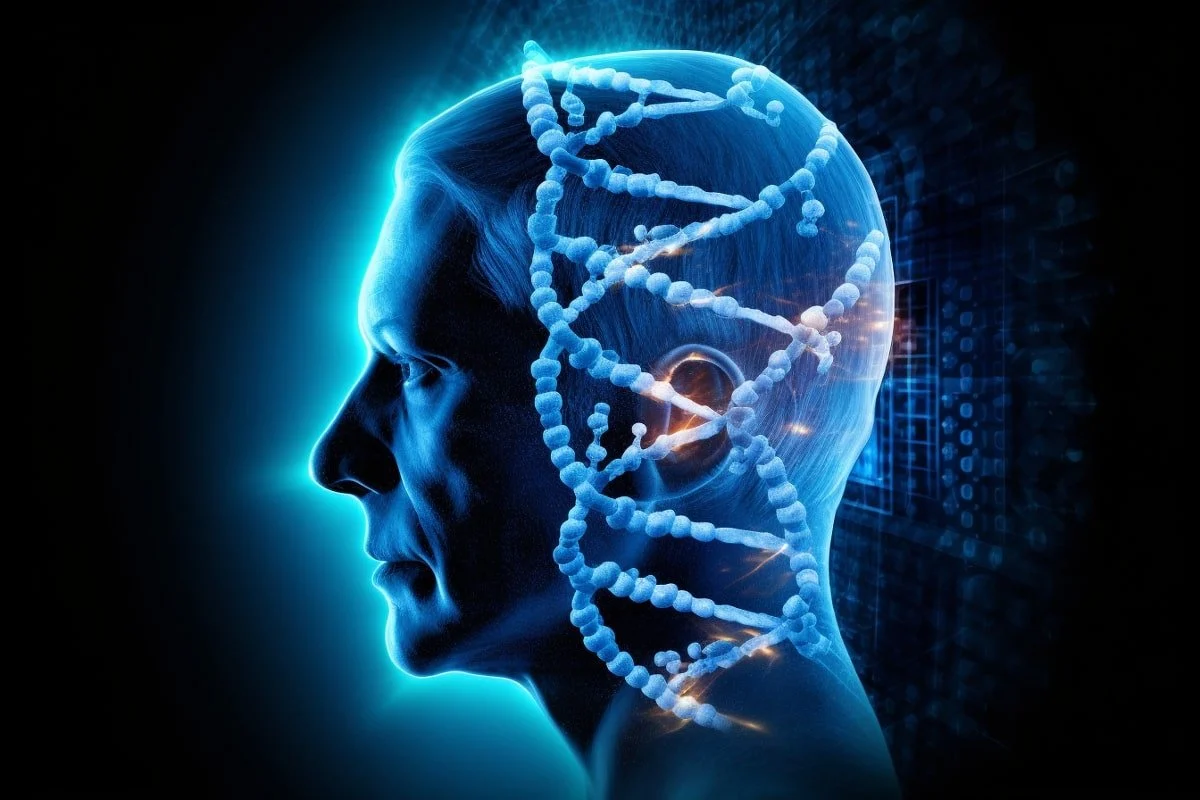Alzheimer’s disease remains one of the most challenging and pervasive neurological disorders affecting millions worldwide. Characterized by gradual memory loss and cognitive decline, Alzheimer’s has been a focus for scientists determined to uncover its complexities. Recent research efforts have made significant strides in understanding the disease’s mechanisms, potential causes, and avenues for treatment. In these latest breakthroughs, lies hope for millions of patients and their families. In this article, we will delve into the current state of Alzheimer’s research and explore the promising advances that offer new insights and potential solutions.
Exploring the Role of Genetics in Alzheimer’s Disease Development
Genetics plays a crucial role in the development of Alzheimer’s, with certain gene mutations being linked to an increased risk of the disease. The most well-known of these is the APOE-ε4 allele, which can significantly elevate a person’s risk. In recent years, scientists have mapped other genetic markers that contribute to Alzheimer’s, providing deeper insights into why some people are more predisposed than others.
Research has also focused on familial forms of Alzheimer’s, which tend to have an earlier onset and a direct genetic cause. These cases provide a valuable window into the mechanistic workings of the disease, allowing for targeted genetic studies. By understanding these genetic factors, researchers are beginning to develop precision medicine approaches tailored to an individual’s genetic makeup.
Moreover, advances in CRISPR technology and other genetic engineering tools have enabled researchers to create more accurate animal models of the disease. These enhanced models can better mimic human Alzheimer’s pathology, offering clearer insights into the disease’s progression and allowing for the testing of new treatments under conditions that closely resemble those in humans.
Advances in Imaging Techniques for Early Detection of Alzheimer’s
Imaging techniques such as MRI and PET scans have long been invaluable tools for diagnosing Alzheimer’s. Yet, new advances in these technologies are enhancing our ability to detect Alzheimer’s at its earliest stages. High-definition imaging can now reveal minute changes in brain structure and function that hint at the onset of the disease.
One of the critical breakthroughs has been the development of imaging agents that can bind to and highlight amyloid plaques and tau tangles. These agents, when used in conjunction with PET scans, allow for the visualization of these hallmark proteins of Alzheimer’s within the living brain. This not only aids in diagnosis but also serves as a way to monitor disease progression and the effectiveness of therapies.
The Impact of Lifestyle Factors on Alzheimer’s Prevention and Progression
Lifestyle factors have come under increasing scrutiny in Alzheimer’s research as potential modifiers of disease risk and progression. Epidemiological studies have suggested that a heart-healthy diet, regular physical activity, and cognitive engagement may reduce the risk of developing Alzheimer’s. These findings have given rise to the perspective that certain lifestyle choices might offer protective benefits for brain health.
With diet, the focus has been on anti-inflammatory foods and those rich in antioxidants, which may help protect brain cells from damage. The Mediterranean diet, in particular, has been associated with a lower risk of cognitive decline. Exercise, too, is believed to stimulate brain cell growth and promote the health of blood vessels in the brain, potentially counteracting some of the effects of aging.
Innovative Therapeutic Strategies and Clinical Trials in Alzheimer’s Treatment
Treating Alzheimer’s disease has proven exceptionally challenging due to its complex nature, but innovative approaches are showing promise. One avenue of therapeutic strategies involves targeting the amyloid plaque directly, with several drug candidates designed to either prevent their formation or promote their clearance from the brain. Clinical trials for these drugs are ongoing, with some showing encouraging results in slowing cognitive decline.
Beyond amyloid, researchers are developing therapies aimed at other aspects of Alzheimer’s pathology, such as tau tangles and neuroinflammation. Gene therapies, stem cell treatments, and personalized medicine approaches are also part of the broad range of strategies currently under investigation. These efforts illustrate the dynamic and multi-faceted approach researchers are taking to find an effective treatment.
Overall, the concerted efforts of researchers worldwide are expanding our understanding of Alzheimer’s disease and uncovering new paths to its prevention, diagnosis, and treatment. While breakthroughs don’t guarantee immediate cures, they do represent significant steps forward in a landscape once marked by uncertainty and bring tangible hope to millions worldwide.
Keep an eye for more latest news & updates on Tribune Breaking!







